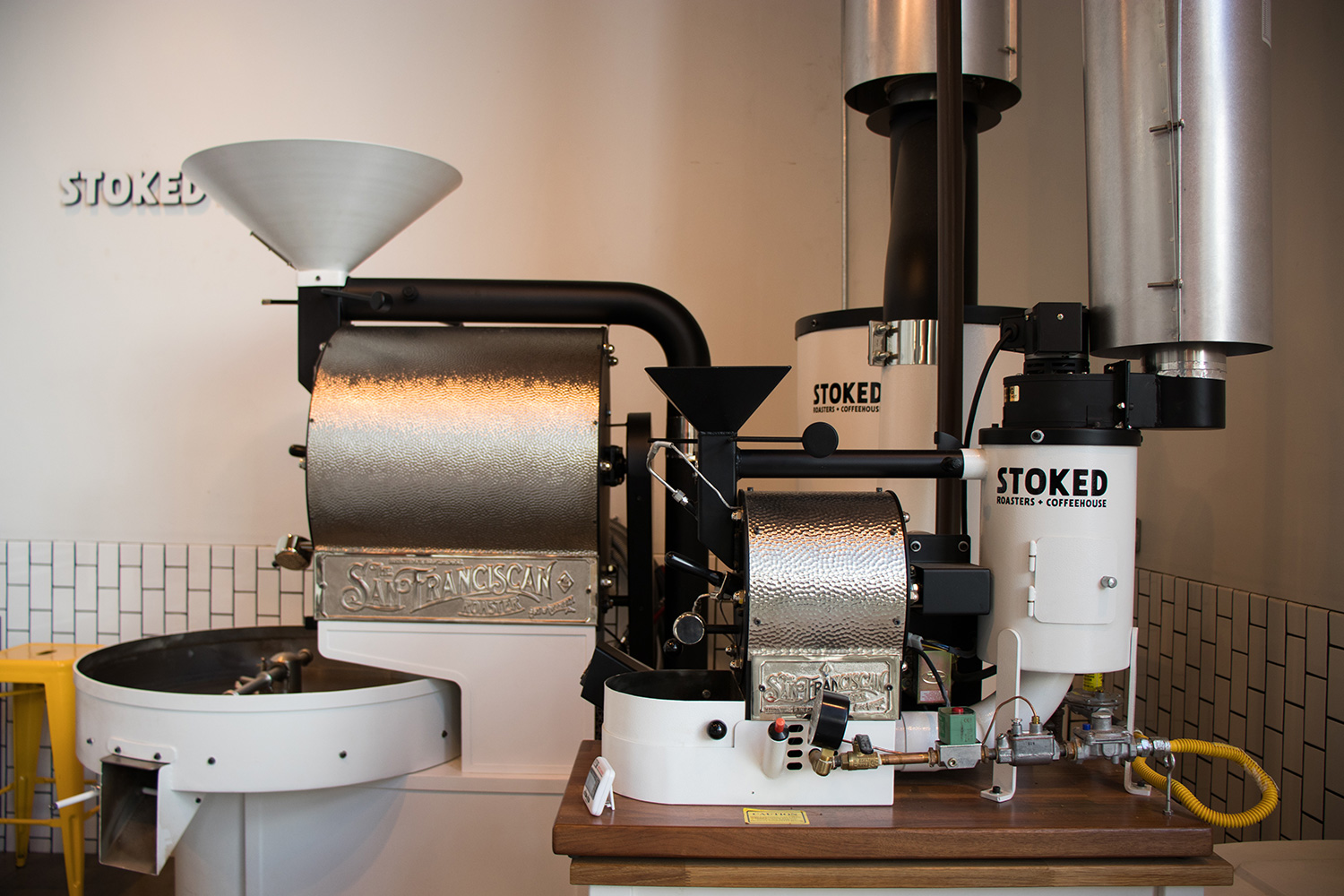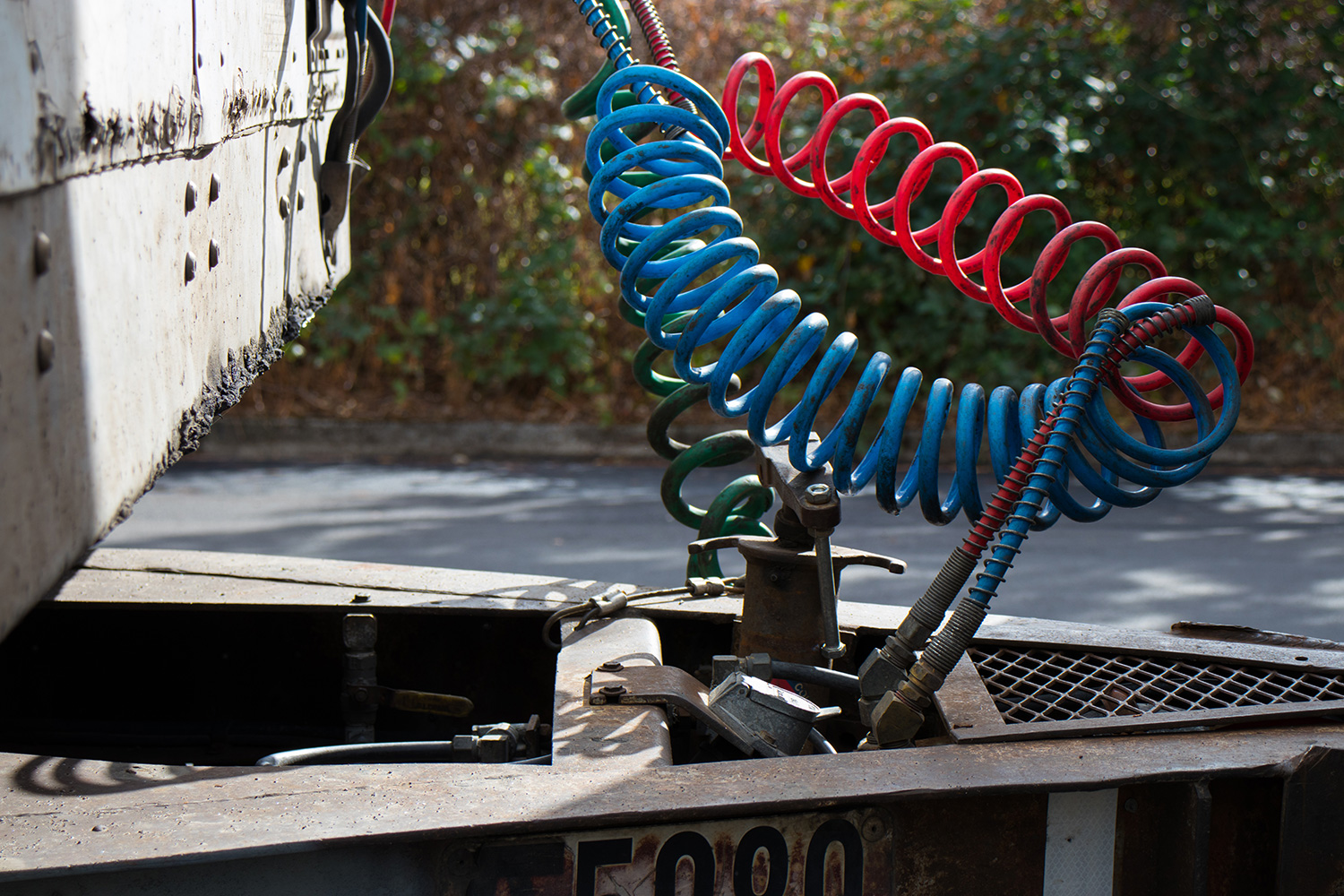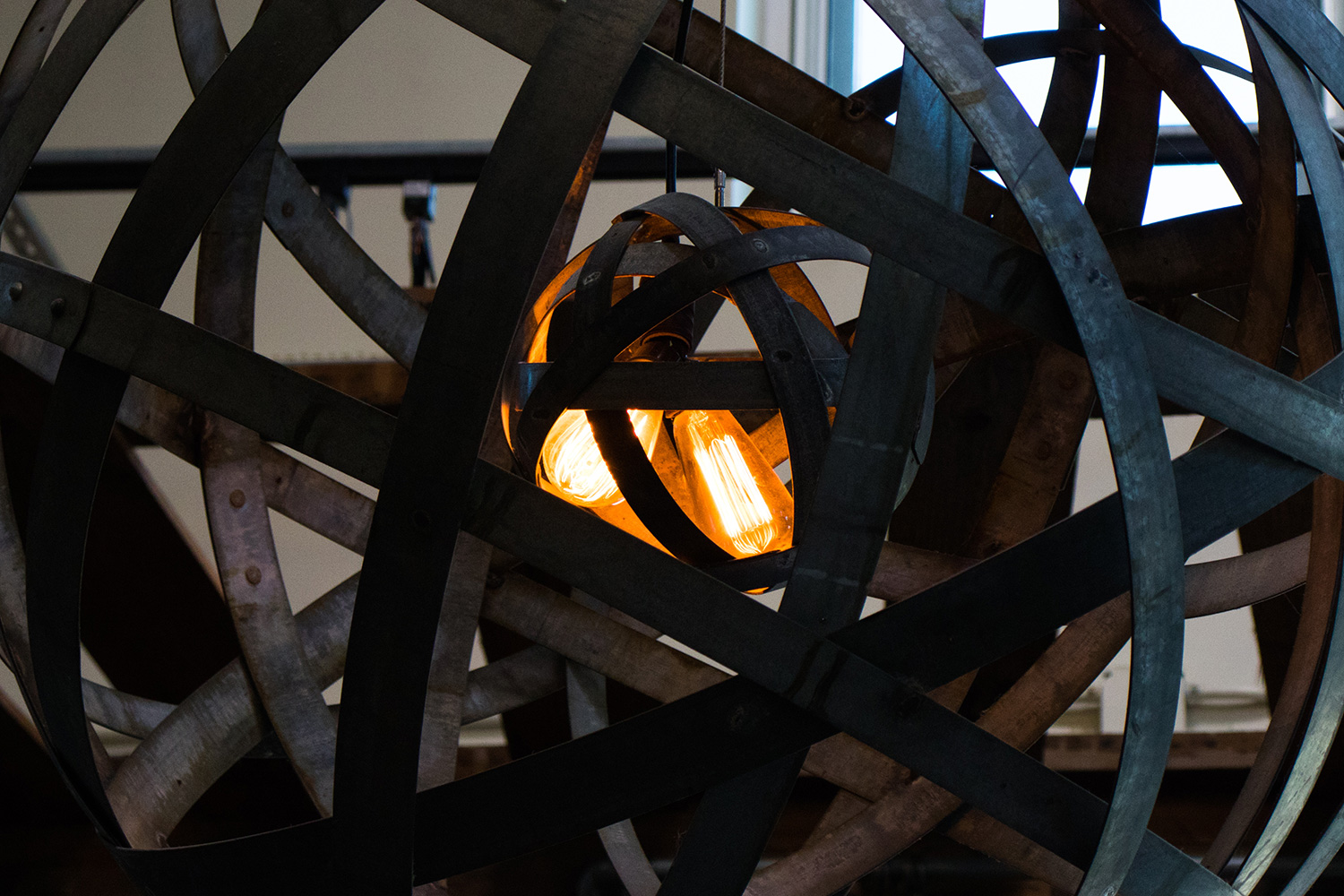“With plenty of new features and tech, the SL2 easily outshines its predecessor -- but not much else.”
- Compact size
- Fast live-view autofocus
- Articulating touchscreen
- Wi-Fi and Bluetooth
- Easy to use
- Nine-point AF system when using viewfinder
- Small viewfinder
- Outclassed by mirrorless rivals
Four years separated the Canon EOS Rebel SL1 from the new SL2. In that time, mirrorless cameras have steadily gained ground, their small form-factors offering a strong appeal to casual photographers. Entry-level DSLRs like Canon’s Rebel-series therefore have more competition than ever before — even within Canon’s own product line, as the EOS M-series has grown into a competent mirrorless system.
All of this forces us to wonder if we really needed the downsized SL2, a DSLR that occupies a spot just above the starting point of Canon’s lineup. But the SL2 does have quite a bit going for it, including the 24-megapixel APS-C sensor first introduced in the EOS 80D and the Digic 7 processor that powers the SL2’s bigger sibling, the Rebel T7i. Its party trick is putting that power in a smaller form factor, but given that the even more compact EOS M5 and M6 share similar technology, the SL2 doesn’t even win at that game. The counter argument in favor of the SL2 is that, unlike the EOS M-series, it supports the large arsenal of Canon DSLR lenses natively.
However, we have to admit the camera grew on us over the time we spent working on our Canon EOS Rebel SL2 review, providing a generally enjoyable experience. And we should note that the SL1 is one of Canon’s best-selling DSLRs. That said, it left us with one critical question: Who is this camera really for?
Design and connectivity
After four years, we would expect significant changes to come to the SL2, and Canon hasn’t disappointed. The camera now features a fully articulating screen and even offers a selfie mode that allows beginners to control the amount of background blur without the need to understand how the aperture works. The grip is deeper, more along the lines of a traditional DSLR, which adds a little bulk but offers a more ergonomic handhold compared to the SL1. Those with larger hands will still find it too small, but it’s a compromise, after all.
The mode dial is now nested into the top plate of the camera, designed for convenient thumb control. It doesn’t lock, but because it rests nearly flush with the body, there isn’t too much risk of inadvertently changing modes. Some buttons have also been repositioned to make room for the larger screen, but the only thing new is the Wi-Fi button on the top left. The SL1 lacked wireless connectivity altogether, while the SL2 gains both Wi-Fi and Bluetooth, and Android users can easily pair via NFC by tapping their phone to the camera.
The SL2 makes due with a standard Mini USB port, which is decidedly out of date, but it’s no different than most of Canon’s other DSLRs. Like the SL1, the SL2 still offers a microphone input, which is good news for video shooters. Pros won’t be picking up this camera, but even the casual videographer can benefit from an inexpensive external microphone, so we’re glad to see the mic jack is still there.
Specifications and performance
On the inside, the SL2 has pretty much all the standard Canon tech. The aforementioned 24MP sensor and Digic 7 processor help to bump up low-light performance, with an ISO range of 100-25,600 (expandable to 52,200). Image quality is pretty solid across the board, and certainly more than sufficient for casual photography.
After four years, we would expect significant changes in the SL2, and Canon hasn’t disappointed.
Continuous shooting speed isn’t anything to write home about, but it’s not bad at 5 frames per second (fps), or 3.5 fps with continuous autofocus enabled. Both the T7i and 77D offer a maximum of 6 fps, so the SL2 is actually decent for what it is. (Those other cameras do offer larger image buffers, however, so they can shoot longer bursts.)
Ergonomics aside, there is really only one significant shortcoming of the SL2 compared to the T7i: The nine-point autofocus system, the same one used in the Rebel SL1. Compared to the 45-point AF module in the T7i (and the 77D and 80D), the SL2 just feels far less advanced. In casual settings, most users are unlikely to notice the difference — and this was probably Canon’s reasoning for leaving it unchanged — but it will limit the camera when it comes to photographing moving subjects. In our Canon Rebel T7i review, we raved about that camera’s focusing abilities, particularly the usefulness of the group AF setting. With the much lower density of the SL2’s AF module, that simply isn’t possible.
However, the good news is that the Rebel SL2 does inherit Canon’s excellent on-chip Dual Pixel Autofocus (DPAF) system. DPAF doesn’t work through the viewfinder, but in live-view mode (on the LCD) it provides exceptionally smooth and fast AF performance. This is particularly useful for video, but it benefits still photography, as well, especially when you need to rely on live-view and the articulating monitor for high- or low-angle shots — or, yes, for selfies.
As for the video mode, it is exactly what we’ve come to expect from Canon: Full HD 1080p at up to 60 fps. The quality of the footage is merely decent, and certainly falls behind other modern cameras (particularly those that offer 4K resolution) but this isn’t likely to affect the SL2’s target customer too much. More importantly, at least your videos will be in focus thanks to DPAF.
User experience
Admittedly, from the perspective of a product reviewer, the Rebel SL2 isn’t the type of camera that we generally get overly excited about around here. Almost always, the new features present in such entry-level models are the same ones we’ve already tested in higher-end products. The T7i was a pleasant surprise, but even that was just because of how well it copied the highly lauded 80D.
You should be happy with the Rebel SL2, but you’d probably be happier with a mirrorless camera.
To be fair, it is entirely fine — not exceptional, but certainly not bad. But as we continued to use it, walking around and casually shooting, it did grow on us. Like virtually no other DSLR can, the SL2 excels at one thing: Becoming nearly invisible until you almost forget that it’s there.
This is in part thanks to the compact kit lens. It’s the same 18-55mm focal length that came with the SL1, but it now has a slightly slower maximum aperture of f/4-5.6 compared to f/3.5-5.6. Sure, most photographers think of faster as better, but when you’re buying a camera for compactness, giving up a third of a stop isn’t a huge deal.
As with the T7i, the touchscreen works well and the new Feature Assistant guided menu system makes advanced techniques more approachable to beginners. This is a very easy camera to use, yet offers enough manual control that it can grow with you for a time. Photo students who quickly climb the ranks into enthusiast territory will likely find it lacking, but it otherwise offers plenty for the average user.
As a casual use camera to walk around with on vacation or to take pictures of your pets and kids, the SL2 is nice. But it’s also not the best option, not by a long shot. There is an entire world of mirrorless cameras out there — whether it’s Sony, Olympus, Fujifilm, Panasonic, or even Canon — that seem better suited for such a user. The biggest advantage of a DSLR these days is simply the optical viewfinder, but the ones on these entry-level models are so small that we find ourselves preferring the larger, electronic viewfinders on many mirrorless cameras.
We’re also not convinced that today’s casual photographer even requires a viewfinder at all, as most people are so accustomed to taking pictures with their phones that a simple LCD monitor and touch interface are all they really need. And as convenient as live-view mode is on the SL2, using it means the viewfinder just becomes a worthless hunk of glass and mirrors. Sticking to just the optical viewfinder can save battery life compared to a mirrorless camera, but this, too, is likely not a huge deal to the casual user. Most mirrorless cameras offer at least a few hundred shots per charge, and when was the last time you took that many photos at your backyard barbecue or holiday party?
The Rebel SL2, then, is trying to attract a specific user: The casual shooter who doesn’t want a mirrorless camera. We have to imagine that’s not a demographic that’s growing in size. There’s nothing wrong with appealing to a niche, however; some people really do need an optical viewfinder, others may have an existing stash of Canon lenses or perhaps have a professional photographer as a spouse or parent who uses Canon gear. Still, it makes the SL2 difficult to recommend to the average person who simply wants to step up from their smartphone.
One thing the SL2 does have going for it is the price. With an MSRP of $550 for the body only or $700 for the kit with the 18-55mm lens, it’s about $200 cheaper than the T7i and even the viewfinder-less EOS M6. The M6 actually offers more in the way of direct-access control, however, and is more compact. You can view the SL2 as a bargain, but it doesn’t necessarily offer more value than a more expensive option.
Warranty information
Canon provides a one-year warranty on all new cameras and lenses.
Our Take
After four years, the Rebel SL2 is a significant improvement over the original. Everything but the AF system (when using the viewfinder) has changed. The inclusion of an articulating monitor, touchscreen, wireless connectivity, and a new sensor with DPAF make this a worthy upgrade for SL1 fans who have been patiently waiting.
That said, we would also argue that a camera like the EOS M6 (not to mention myriad other mirrorless options) may be an even better upgrade. The SL2 is as approachable and portable as DSLRs get, but there is another entire category of camera out there that can do what it does, better.
Is there a better alternative?
Yes, provided you’re not strangely opposed to using a mirrorless camera. The aforementioned EOS M6 is a great option, and even the EVF-equipped EOS M5, if your budget allows. The Olympus OM-D E-M10 Mark III is another good choice. Its 16MP Micro Four Thirds sensor is both lower resolution and physically smaller than the Canon’s, but it makes up for it with features like an EVF, 4K video, 8.6-fps burst shooting, in-body image stabilization, and a wonderfully retro design for just $649 (body only). If you want to stick to a DSLR, we suggest looking at Canon’s T7i or 77D. They are larger cameras and cost more, but you’re getting better performance.
How long will it last?
The body may be polycarbonate, but it feels sturdily built, and nothing sent up a red flag during our review period. If you’re not in need of the latest and greatest, the SL2 will serve you well for years to come. It is essentially the last in line for features trickling down from Canon’s higher-end DSLRs, so inevitably it will be left in the dust at some point, but this shouldn’t affect casual users too much.
Should you buy it?
Most likely not, simply because we feel the type of user who would benefit from this camera, would benefit better from a mirrorless model. That said, because the SL2 is priced lower than the most direct mirrorless competition, we can’t rule it out completely. If you have $700 to spend on a camera kit, and you want the most compact option available, then you should be happy with the SL2. It’s just that, well, you might have been even happier saving your pennies for the Olympus E-M10 Mark III.





















